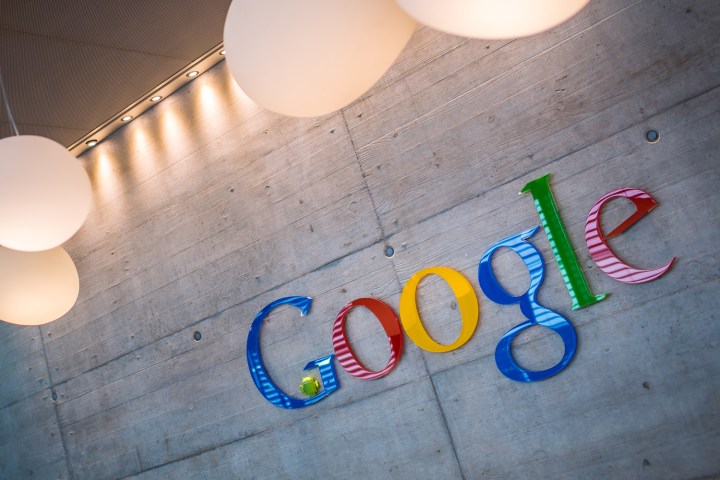
While we don’t yet know what the terms of the deal are, we do know that Undecidable Labs was creating a technology that was aimed at turning “online searches into purchases,” according to a report from Bloomberg.
So what does the acquisition mean? Well, it could suggest that Google is hoping to make Google Images a little more of a lucrative business for the company. The ability to turn image results into purchases could be a huge moneymaker for the company.
Google’s image search tool has been an important part of Google’s business for 15 years now, and images are an increasingly important area for tech companies around the world, especially considering the rise of machine learning. Images isn’t Google’s only image platform — Google Photos is aimed at aiding people with their own personal photo library, and it uses artificial intelligence to help people find the images they’re looking for to create things like animations.
Edwards previously worked as director of engineering at Apple, where she worked on Apple products like the App Store, the Apple TV, iTunes, and Apple Maps. Undecidable Labs itself has an office in San Francisco, and had raised less than $1 million in funding. Because of that, it’s unlikely Google paid a huge amount of money for the startup.
Edwards replaces Li Fan, who worked for Google image search but moved on to Pinterest, which many see as a viable image platform for turning image searches into purchases.
Editors' Recommendations
- 5 smartwatches you should buy instead of the Google Pixel Watch 2
- Whatever you do, don’t buy the Google Pixel 7a right now
- 5 phones you should buy instead of the Google Pixel 8 Pro
- The Google Pixel Watch 3 could steal this Apple Watch feature
- This could be our first look at the Google Pixel 9 Pro

